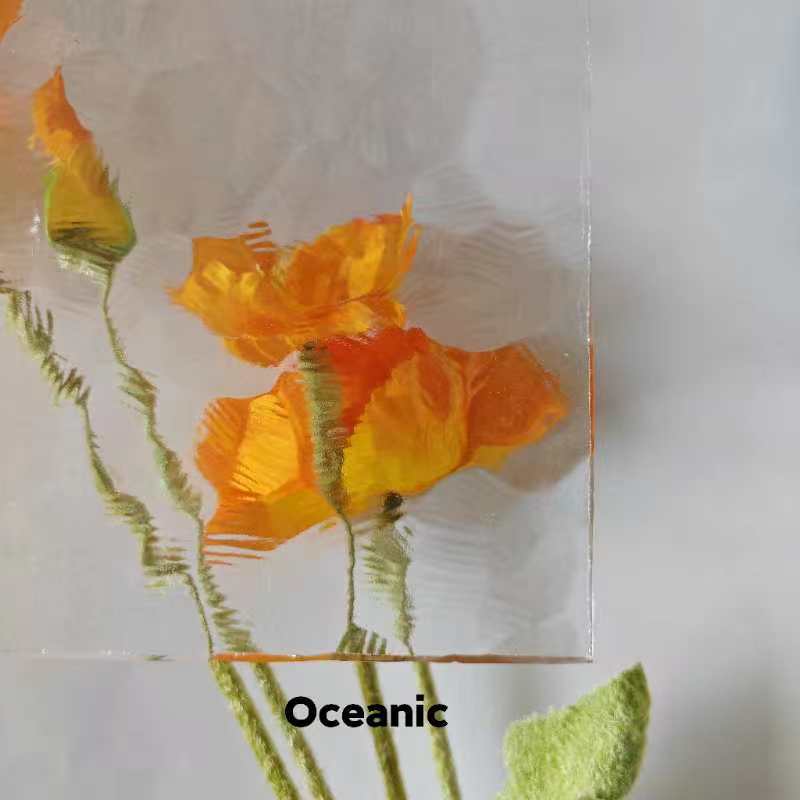

The Pricing Dynamics of 5mm Float Glass An In-depth Analysis
Float glass, commonly used in windows and various architectural applications, has increasingly become a staple in the construction and manufacturing industries. Among the various thicknesses available, 5mm float glass holds a significant position due to its versatility and practicality. This article aims to explore the current pricing dynamics of 5mm float glass, examining the factors influencing its cost, current market trends, and future projections.
Understanding Float Glass
Float glass is manufactured through a process where molten glass is floated on top of molten tin. This method yields a uniform sheet of glass that is flat, smooth, and free of distortions. The thickness of 5mm makes it ideal for applications ranging from residential windows to commercial facades. Its strength, clarity, and the ability to be easily processed into tinted, laminated, or insulated varieties further enhance its appeal.
Current Market Prices
As of late 2023, the price of 5mm float glass is generally influenced by a variety of factors, including raw material costs, energy prices, labor costs, and supply chain logistics. On average, the price for 5mm float glass fluctuates between $13 to $20 per square meter, depending greatly on geographical location, supplier, and market demand.
Factors Influencing Pricing
1. Raw Material Costs The primary components of float glass include silica sand, soda ash, and limestone. Any changes in the costs of these raw materials due to mining conditions, transportation, or tariffs can significantly impact glass prices.
2. Energy Prices The production of float glass is highly energy-intensive, requiring large amounts of fuel for the melting process. Fluctuations in energy prices, particularly natural gas or electricity, can directly affect the production costs, leading to varied pricing in the market.
3. Labor Costs The labor market also plays a crucial role. Geographical differences can cause variations in labor costs, which in turn influence the final pricing of glass products. Regions with higher labor costs typically see higher glass prices.

4. Supply Chain Challenges The global pandemic brought issues such as shipping delays, transportation costs, and a shortage of delivery vehicles, which still echo through the industry. These disruptions can drive prices up as companies seek to secure their supply chains.
5. Renewable Energy Initiatives There has been a shift toward sustainable manufacturing processes, including utilizing renewable energy sources. While initially potentially increasing production costs, this shift may stabilize prices in the long term due to decreased reliance on volatile fossil fuel markets.
Market Trends
The demand for 5mm float glass continues to rise, driven by the resurgence of the construction industry, especially in emerging markets where urbanization is accelerating. Furthermore, there's growing interest in energy-efficient and environmentally friendly building materials, which has led to an increase in the production and higher market acceptance of coated and insulated glass products.
Future Projections
As we look toward the future, the outlook for 5mm float glass pricing remains mixed. On one hand, the projected global growth in construction and renovation activities suggests that demand will keep prices stable or even drive them up. On the other hand, technological advancements may lead to more efficient production techniques, potentially lowering manufacturing costs.
Moreover, as sustainability takes center stage, the introduction of eco-friendly manufacturing practices and materials could reshape pricing strategies, attracting a new consumer base interested in green building materials.
Conclusion
The market for 5mm float glass is complex and influenced by a myriad of factors. While pricing may fluctuate in response to economic conditions, the steady increase in demand due to construction activities and architectural innovation suggests a robust future. For both manufacturers and consumers, staying informed about these dynamics will be crucial to making cost-effective and environmentally responsible choices in the construction landscape. As trends evolve, continuous analysis will help stakeholders navigate the challenges and opportunities that lie ahead in the float glass market.